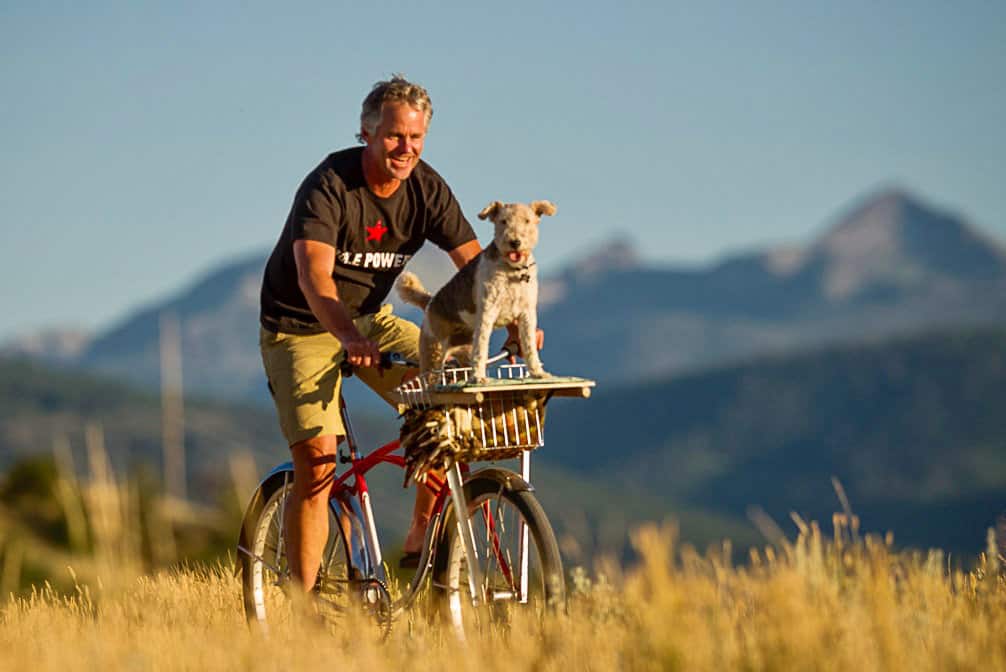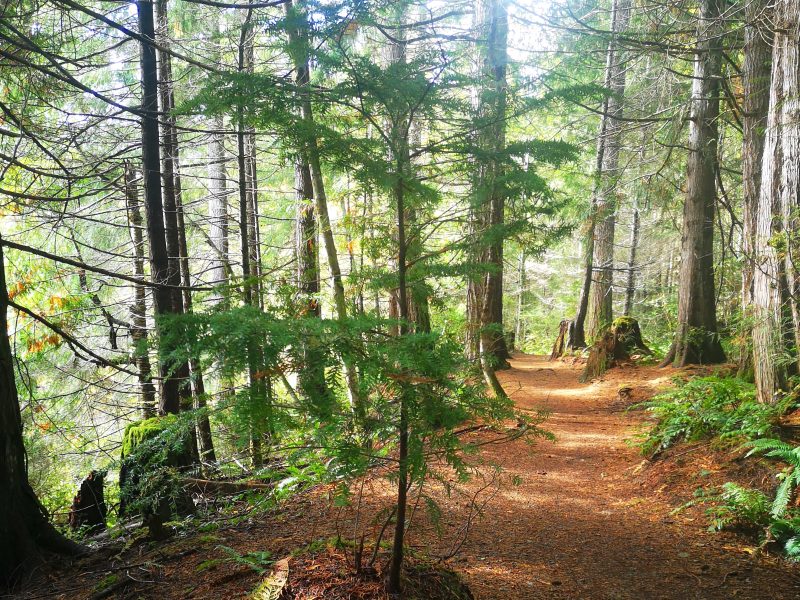
Wildfires are burning longer, bigger and causing more damage. That’s in part because climate change is breaking temperature records and extending the wildfire season. The kicker? Wildfires blow an insane amount of greenhouse gases into the atmosphere, decimating the planet’s most effective carbon capturing technology (trees) in the process, fuelling an even faster warming planet.
As I write this, California’s Carr wildfire has claimed seven lives, Greece’s record-breaking wildfire claimed 91, and here in Canada, nearly 30 structures have burned from wildfires in the wet, temperate rainforests of northwest B.C. – just as the entire western Canadian coastline and southern prairies are painted red for extreme wildfire risk on Canada’s fire danger map.
This news can be overwhelming. That’s why we started The Fire Break in the first place. The goal of this newsletter was to serve as an antidote to the daily news cycle, by illuminating the core problems so we can surface solutions. With your direct feedback and on-the-ground expertise, we’ve highlighted the importance of training municipal firefighters to work with wildland firefighters, what you need to pack in case of a wildfire evacuation, and how Indigenous wildfire knowledge can help us adapt to more of them.

True to the spirit of The Fire Break, let’s talk about the ultimate silver lining: community.
Just because we’re building in wildfires path, doesn’t mean we’re doomed to repeat the mistakes of Fort McMurray. Imagine, instead, a community where forests can burn (as they’re meant to) without harming the people living nearby? Imagine a community where people are informed and prepared to coexist with wildfire. Here are six ways communities can become fire adapted and resilient:
- Tell people what they’re in for. Just as residents should be informed if they live in a zone at high-risk for flood, experts say the same can and should be done for wildfires. What’s more? Research shows this kind of disclosure, in the case of floods, will have little effect on property value. The real harm to property value comes from doing nothing in the face of risk.
- Maintain vegetation with machinery and prescribed fires. There’s nothing better than living surrounded by trees. But in areas prone to wildfire, homes and businesses need to be surrounded by fuel breaks, which is anything human-made or natural that prevents the spread of fire. In Logan Lake near Kamloops, B.C, for instance, a community wildfire protection plan supported high school students in cutting down and hauling flammable debris from local forests and coordinated ranchers in herding their cattle to clear up grasslands. After an abandoned campfire sparked a wildfire near the community last summer, local Fire Chief Dan Leighton told the Canadian Press: “Had (the fire) been in that area when we did not mitigate that area, we would’ve had a severe fire on our hands.”
- Know how to evacuate. Many suburbs are built in tight networks of cul-de-sacs that aren’t designed with fires in mind. Developments where firefighters have only one way in and out —leaving no escape if a fire spreads behind them— and limited access to water are called “suicide subdivisions.” A fire adapted community ensures neighbourhoods are built with evacuations in mind, and that there’s an organized way to get out efficiently. Technology, like phone-apps, can help.
- Make sure buildings are fire resistant. Heritage or log homes are enchanting, but in the end, things like metal roofs save lives. The even-better news? Building a fire resistant home only adds roughly six to ten per cent to the cost. B.C.’s recent independent wildfire review recommends insurance companies are mandated to provide rebates to homeowners to encourage fire-adapted building.
- Recognize that community actions save everyone money. In an era of more extreme wildfires, provincial and federal budgets are overwhelmed with the growing costs of fighting fires and handling emergencies, just as communities bear a huge part of the ongoing cost of recovery. Sadly, that means fewer funds for community-level prevention. But dollar-for-dollar, it’s more bang for the public buck to support initiatives like removing flammable forest fuels.
- See the benefit of rules. In Canada and the U.S., wildfire prevention has focused on voluntary initiatives like Fire Smart. This encourages homeowners to lower risks on their own property by removing flammable stuff within a 10-foot-perimeter of their homes, for instance. Unfortunately, many people don’t do it. But as the head of independent research group Headwaters Economics Ray Rasker points out, mandatory zoning and building regulations pack a punch when it comes to adaptation. “Imagine If we all drove our cars with our own rules?” Rasker says. “That’s where we are at with wildfires.” At some point, we need stop lights and signs. They work.
Snapshot

Ray Rasker is a bit of a superstar when it comes to wildfire adaptation and planning. You can read more of his work right here. Check out some of the tools the organization he leads provides, like this interactive wildfires at risk map. For videos and shareable tools on wildfire resilience, check out Community Planning Assistance for Wildfire and the Fire Adapted Communities Learning Network.
Over to you
This is the last Fire Break — at least for now — but our community doesn’t stop here. Every one of you has contributed to this project somehow, either by helping shape it or by sharing it. Thank you for everything.
Right now, The Discourse is winding down to focus on learning from what we’ve done over the past year. But we’ll be back with a big announcement in the fall. Follow along by signing up for our weekly newsletter, and keep in touch with me via email, Facebook and Twitter. [end]



